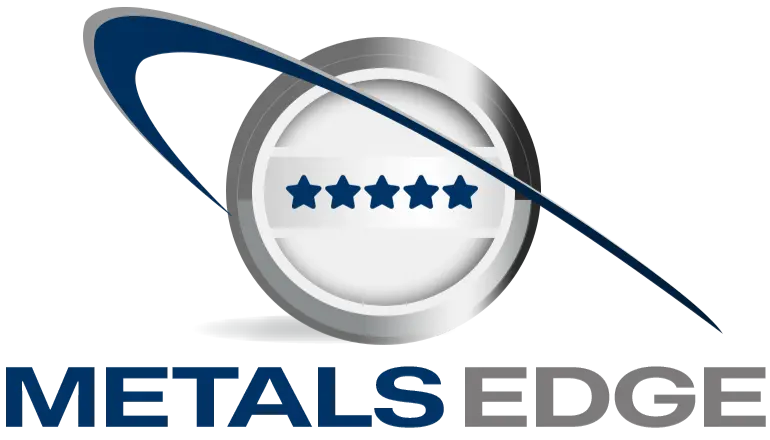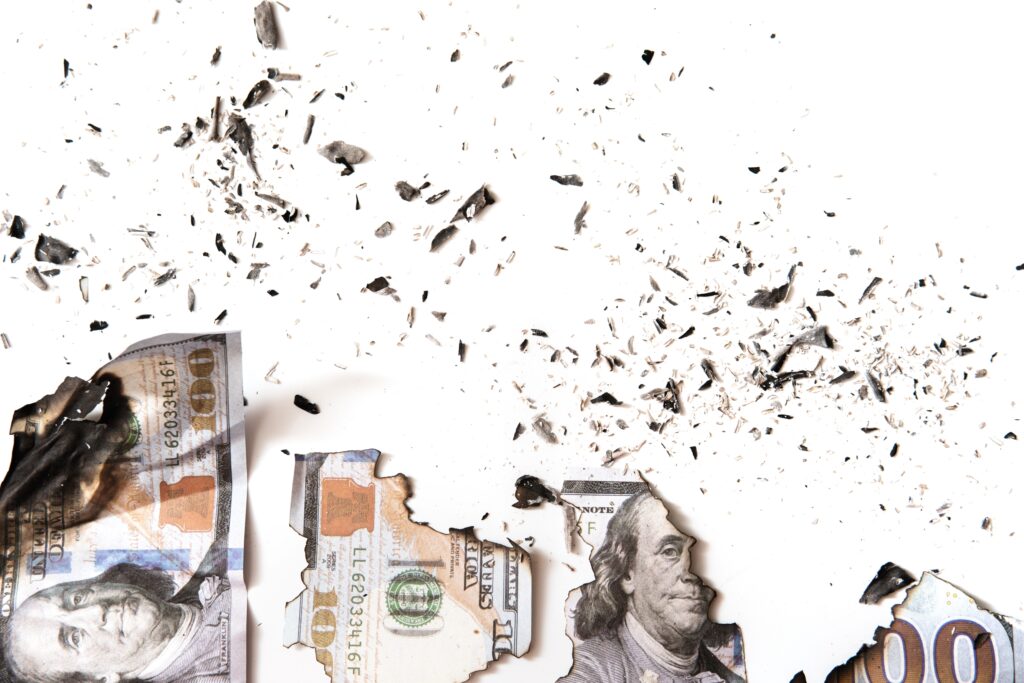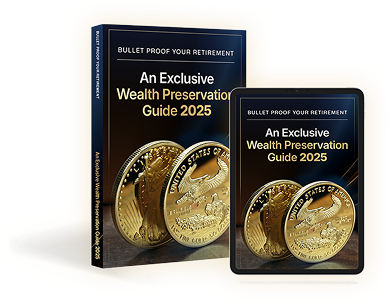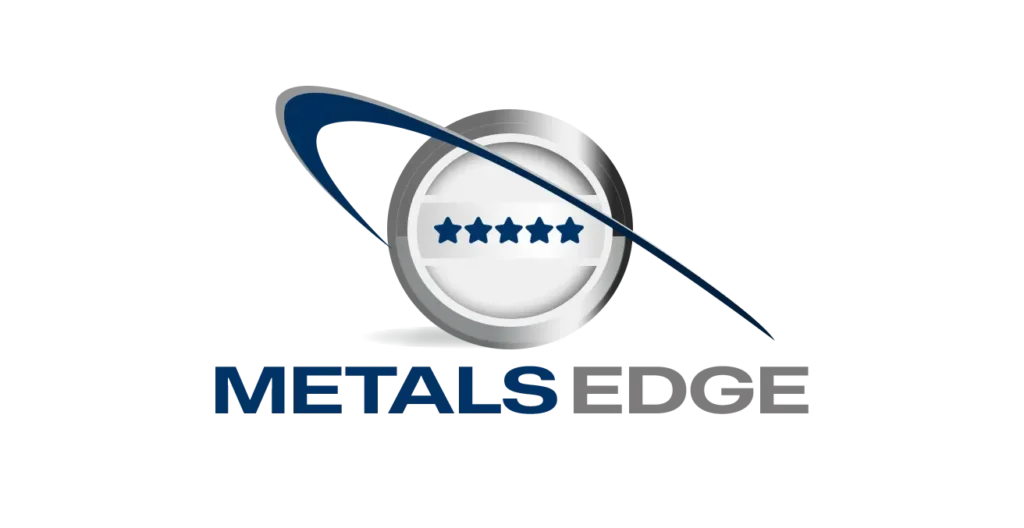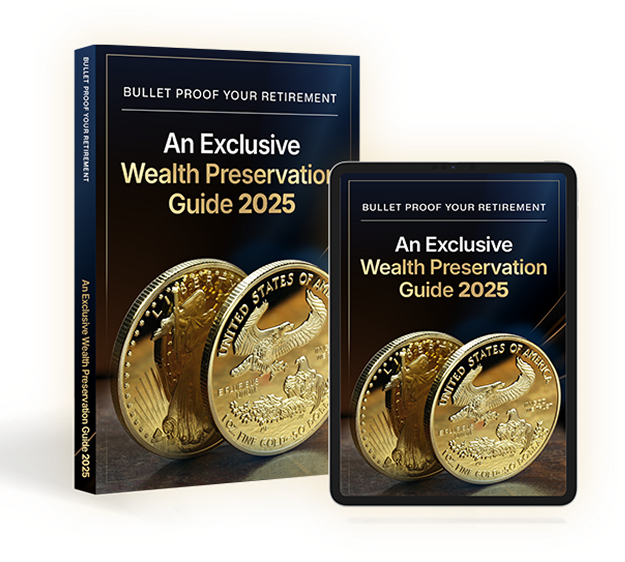Both recession and depression convey a sense of economic downturn, but they differ significantly in their scale, duration, and impact on the overall financial landscape. In this post, we will explore the nuances that distinguish recessions from depressions, helping readers navigate the complex world of economic fluctuations.
Understanding Economic Downturns: A Primer
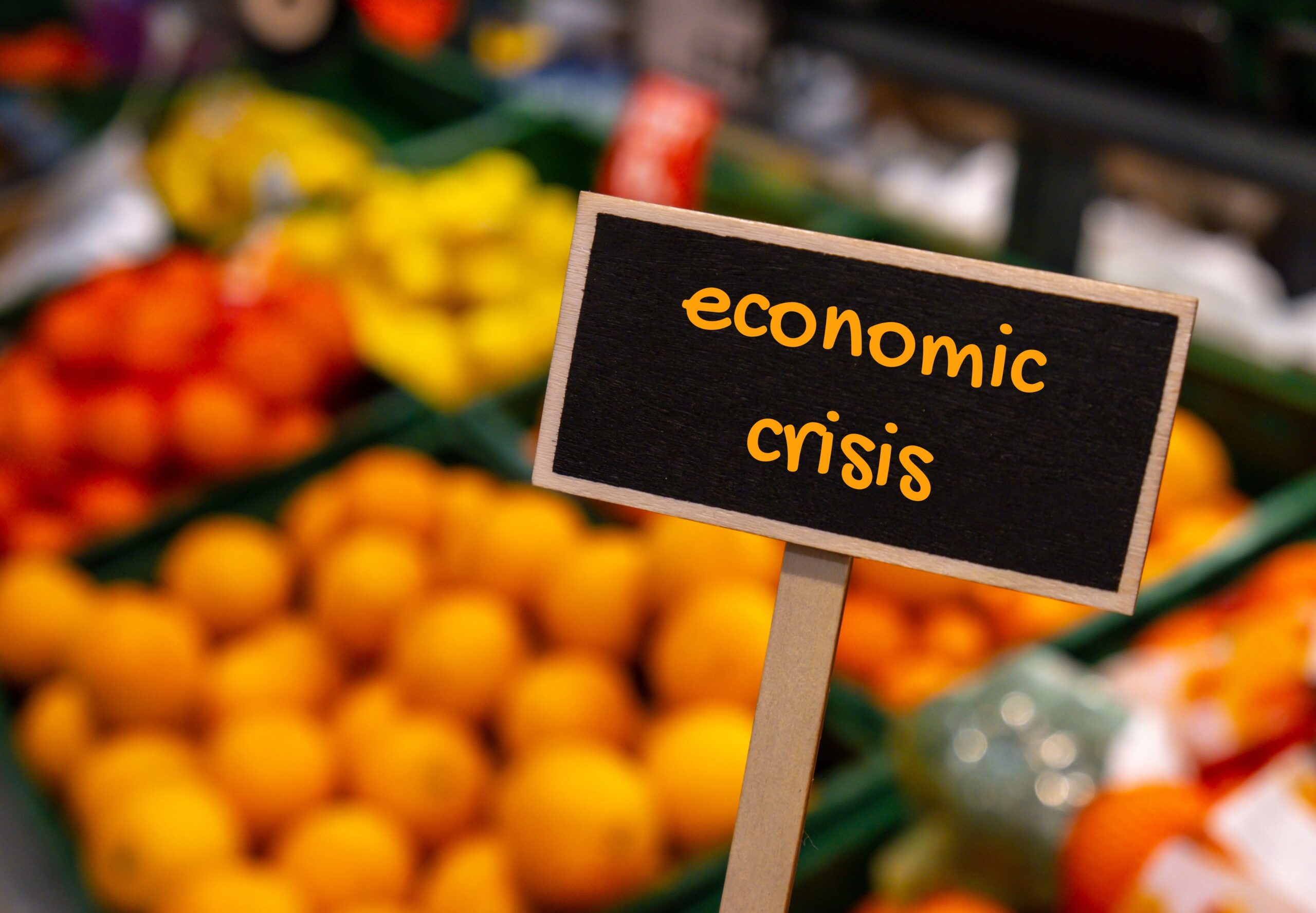
What is a Recession?
A recession is a temporary decline in economic activity characterized by a decrease in gross domestic product (GDP), employment rates, and overall spending. It’s a natural part of the economic cycle, often resulting from a combination of various factors such as decreased consumer confidence, reduced business investments, and external shocks like financial crises or pandemics.
Key Indicators of a Recession:
- GDP Contraction:
- Decline in the country’s GDP for two consecutive quarters.
- Unemployment Rates:
- Spike in unemployment rates as businesses cut costs and lay off workers.
- Consumer Spending:
- Reduction in consumer spending due to economic uncertainty.
- Investment Downturn:
- Decreased business investments and capital expenditures.
What is a Depression?
A depression, on the other hand, is a severe and prolonged economic downturn. It goes beyond the typical contractions associated with a recession and often leads to a prolonged period of economic stagnation, widespread unemployment, and a significant decline in industrial production.
Key Indicators of a Depression:
- Extended Duration:
- Lasts significantly longer than a recession, often stretching over several years.
- Unprecedented Economic Contraction:
- A more substantial decline in GDP compared to a recession.
- Socioeconomic Fallout:
- Widespread unemployment, bankruptcies, and a decline in living standards.
- Global Impact:
- Can have a cascading effect on the global economy, leading to a synchronized global downturn.
Recession vs. Depression: The Fine Line

Duration Matters
One of the primary distinctions between a recession and a depression is the duration of economic downturn. A recession is relatively short-lived, typically lasting a few months to a couple of years. In contrast, a depression is characterized by its prolonged nature, lasting for multiple years and sometimes even a decade.
Depth of Economic Contraction
The depth of the economic contraction is another critical factor that sets these two apart. While both involve a decline in economic activity, a depression involves a more severe and sustained contraction compared to a recession. The impact of a depression is felt across various sectors, with widespread unemployment, business closures, and a significant reduction in consumer spending.
Unemployment Rates
Unemployment rates play a pivotal role in differentiating recessions from depressions. In a recession, there is a notable increase in unemployment, but it is typically a temporary spike as businesses adjust to the economic downturn. In a depression, however, unemployment rates remain persistently high for an extended period, leading to long-term societal and economic consequences.
Consumer Confidence and Spending
Consumer confidence and spending patterns are crucial indicators of the severity of an economic downturn. During a recession, there is a decline in consumer confidence, leading to reduced spending. However, in a depression, the erosion of consumer confidence is more profound and sustained, resulting in a prolonged period of decreased spending, impacting businesses and the overall economy.
Historical Perspectives:

The Great Depression (1929-1939)
The Great Depression stands as a stark example of a depression in the economic history of the United States and the world. Triggered by the 1929 stock market crash, it led to a decade-long period of economic turmoil, massive unemployment, and widespread poverty. The Great Depression had a profound impact on global economies, shaping economic policies and institutions for years to come.
The Global Financial Crisis Recession (2007-2009)
In more recent times, the Global Financial Crisis of 2007-2009 serves as a notable example of a severe recession. Fueled by the collapse of the housing market and financial institutions, it led to a global economic downturn. Governments worldwide implemented unprecedented measures to stabilize financial markets and prevent a full-blown depression.
Coping Strategies: Navigating Economic Challenges

Recessions: Short-Term Adjustments
- Diversify Investments:
- Spread investments across various assets to mitigate risks.
- Cost-Cutting Measures:
- Businesses can implement temporary cost-cutting measures to weather the economic storm.
- Government Stimulus:
- Governments often intervene with stimulus packages to boost economic activity.
Depressions: Long-Term Resilience
- Diversification and Innovation:
- Encourage innovation and diversification of industries to foster long-term economic resilience.
- Social Safety Nets:
- Strengthen social safety nets to support those affected by prolonged unemployment.
- Global Collaboration:
- Facilitate international collaboration to address global economic challenges collectively.
Conclusion
In conclusion, understanding the differences between recessions and depressions is crucial for individuals, businesses, and policymakers alike. While recessions are a natural part of the economic cycle and often call for short-term adjustments, depressions demand more profound and sustained strategies to navigate the prolonged economic challenges. By staying informed and adopting adaptive measures, individuals and societies can better weather the storms of economic uncertainty and emerge stronger on the other side. To diversify your portfolio into physical gold, silver, platinum or palladium for delivery, storage, or inside your IRA, book a free precious metals consultation with one of our specialists today!
